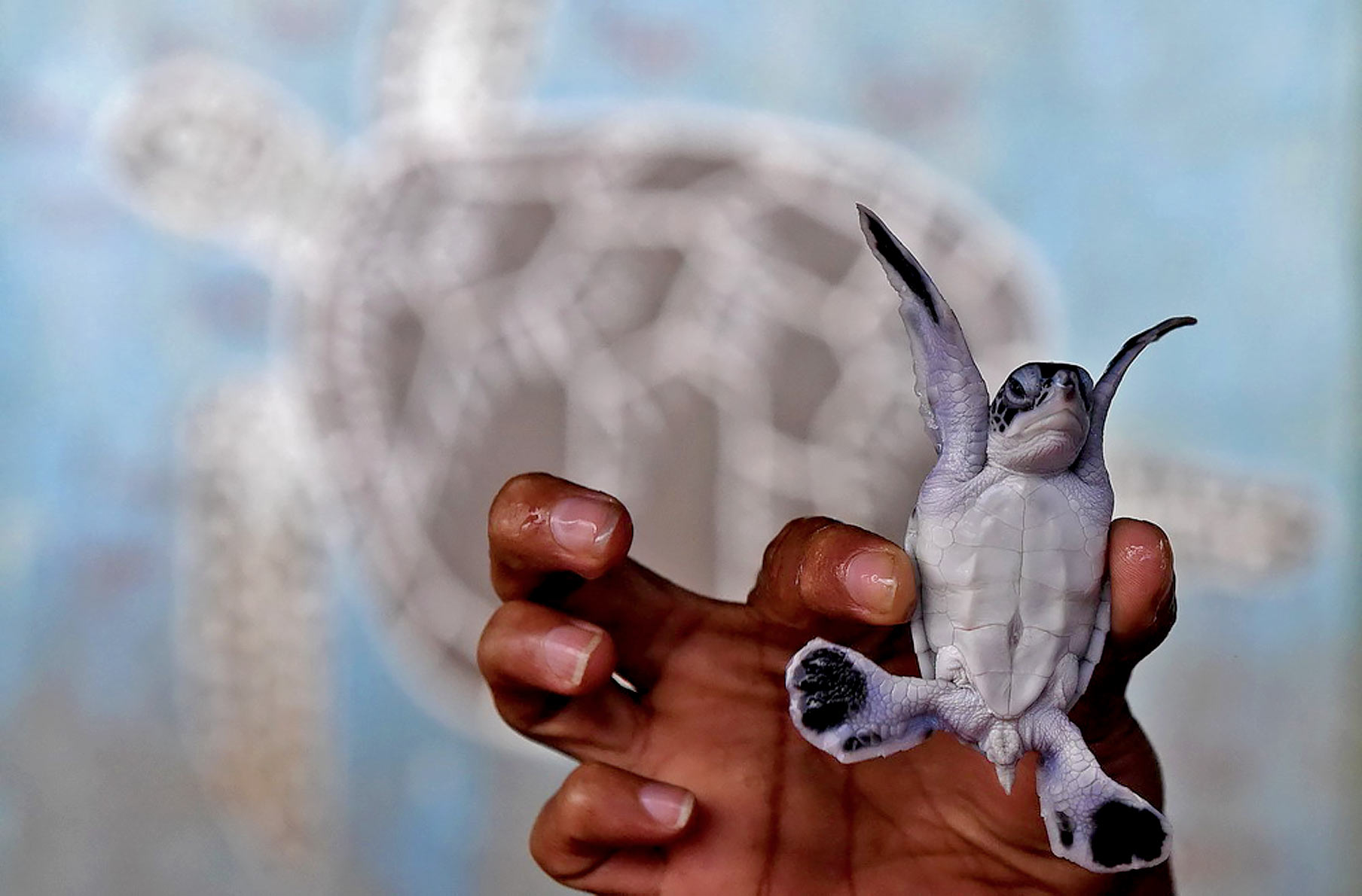Sri Lanka’s sea turtles are considered a national gem. The five species found in Sri Lankan waters; the Green, Leatherback, Olive Ridley, Loggerhead and the Hawksbill sea turtle are all frequent the islands southern beaches. Sea turtles spend most of their lives in water, but come ashore occasionally to lay their eggs. Their local nesting areas in Sri Lanka stretch from Mount Lavinia, down the west coast, across the south coast, and up to Arugam Bay on the East coast.
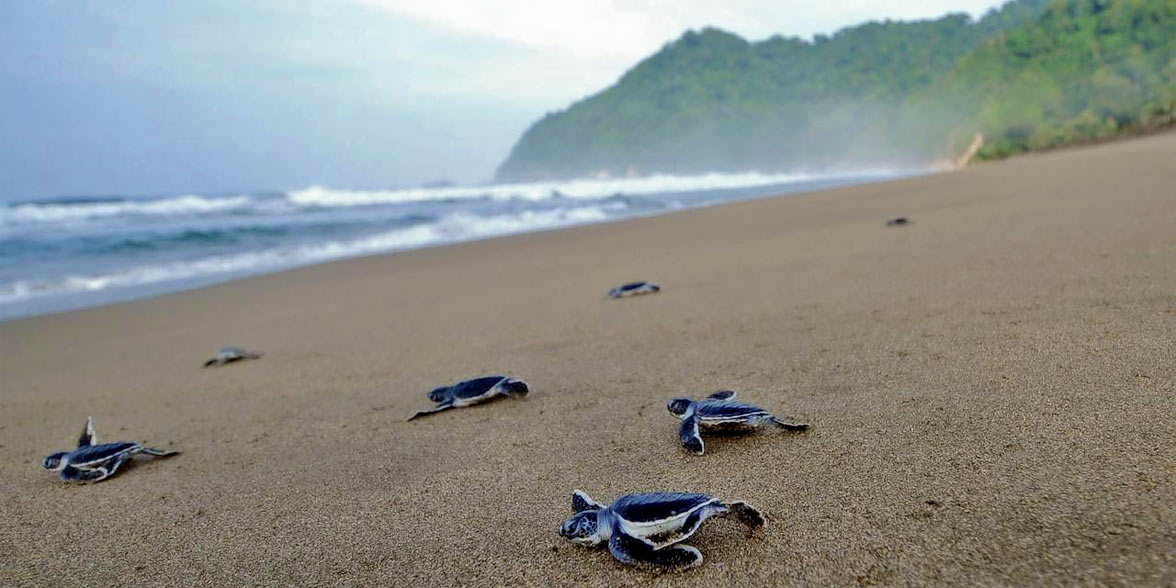
Sea turtles are globally threatened, many species are now facing extinction. Though the turtles’ natural habitat spans all three temperate oceans, the animals’ populations have collapsed in recent years due to numerous factors. Natural causes are not thought to be contributing to their drop in numbers; large turtles have very few predators, and only sharks, large fish, crocodiles, killer whales, and sometimes octopi will attack an adult. Many species of fish and crabs, however, prey upon young turtles.
The key players in the decline of the sea turtle population are, as usual when discussing animal population destructions, human beings. Many people throughout the world hunt adult turtles for their meat and fat. Nesting green turtle females, which are the most common species in Sri Lanka, are often killed for their meat, which is considered a delicacy throughout swaths of Asia. Turtle soup continues to be all too common across the continent.
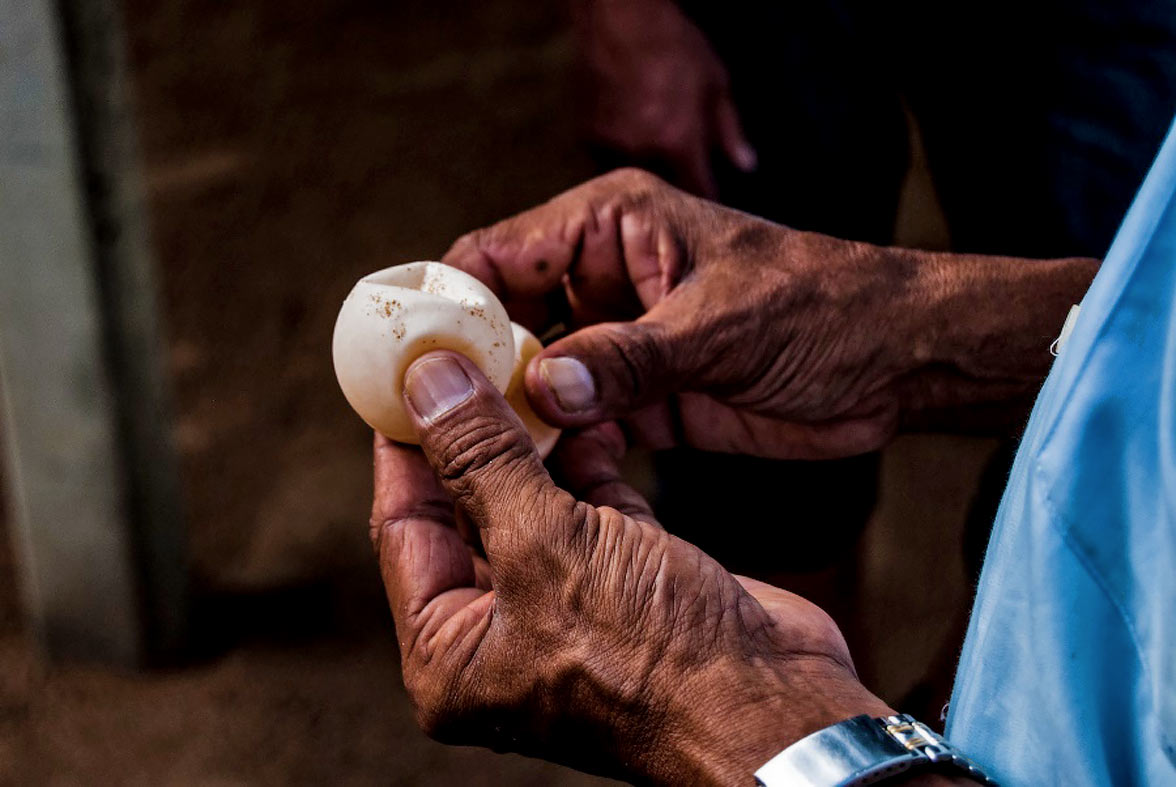
Un-hatched turtle eggs are widely considered tasty treats and, to some populations, aphrodisiacs. People take hundreds of thousands of eggs are from local beaches each year.
Unintentional harm
Some local people hunt turtles for their shells. The Hawksbill turtle, which is critically endangered, was the main source of tortoiseshell material until laws eliminated the trade. But people still poach these turtles and sell the shells.
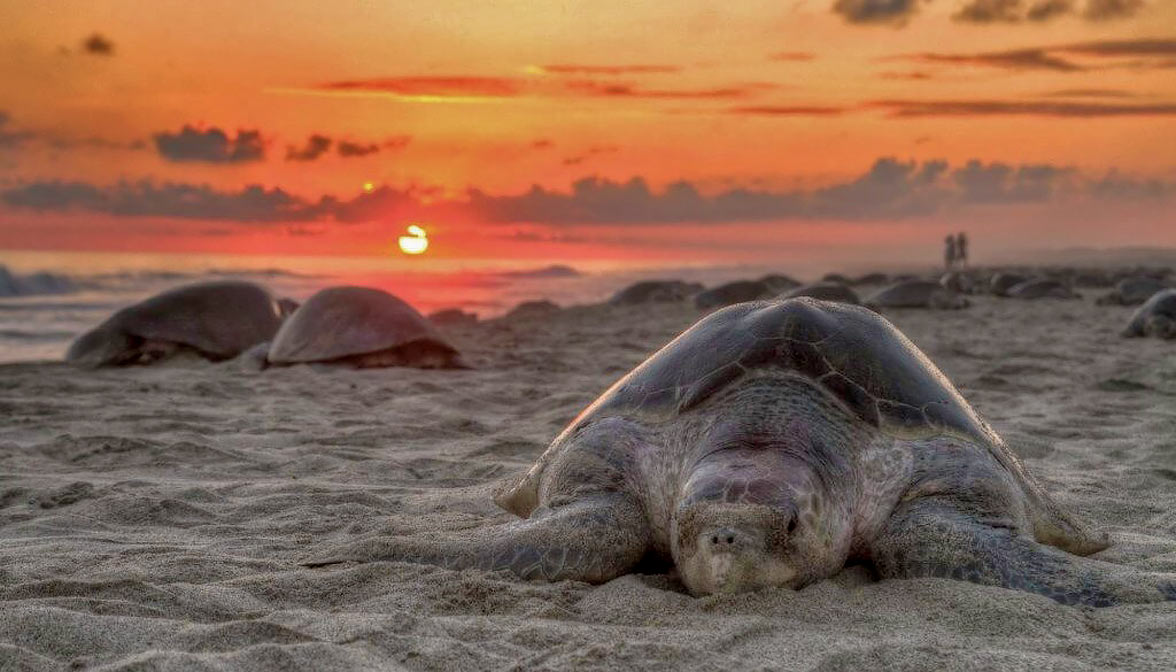
However, the unintentional harm that people inflict on sea turtles might be even more damaging. Countless animals are entangled and perish in fishing nets each year. Boats also strike many as they swim near the surface. Pollution, both physical and chemical, also harms turtles. A major factor in turtle deaths is the explosion of plastic in the oceans. Adults often eat jellyfish, and they often mistake plastic bags for prey. Man-made chemicals also affect the turtles, causing fertility issues and even tumours.
But central to the turtles’ decline is habitat and nesting site destruction, two issues that are becoming more severe in Sri Lanka as the country develops. As once-secluded beaches host more visitors and resorts encroach on their nesting areas, turtles have little recourse to reproduce in other areas.
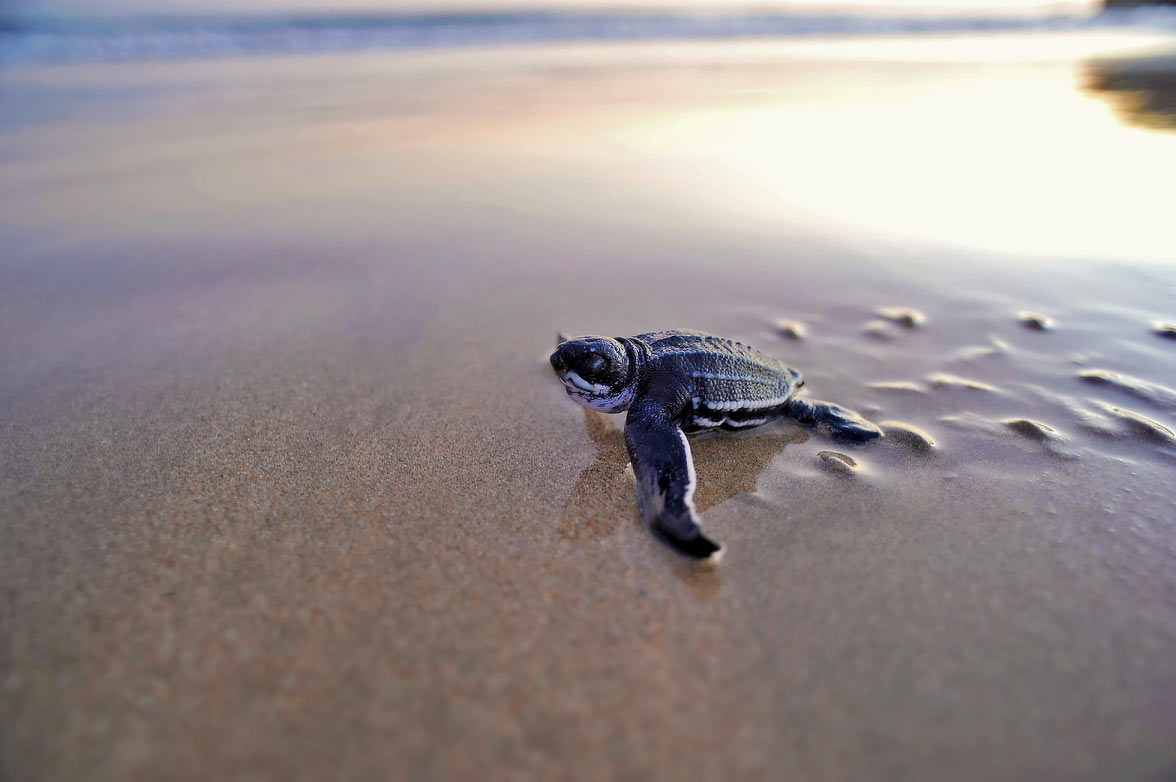
In order for the turtles to survive in Sri Lanka despite the aforementioned challenges, stakeholders must launch numerous wide-ranging conservation projects. The Anantara Peace Haven Tangalle Resort launched one such project in conjunction with the International Union for Conservation of Nature (IUCN). The resort, which opened in late 2015, sits on a beautiful, isolated stretch of Sri Lanka’s southern coast that is a prime nesting zone for sea turtles. After realising that turtles were laying eggs on the beach, representatives from the resort reached out to IUCN to conduct a project that would help protect and conserve the marine animals.
Main objectives of Conservation efforts
The Anantara Sea Turtle project, which will focus on conservation efforts both at the resort and extending over 100 kilometres of surrounding coastline, has five main objectives: conservation, raising awareness, provide a better habitat for turtles, build staff capacity, and raise funds for further turtle protection and management efforts.
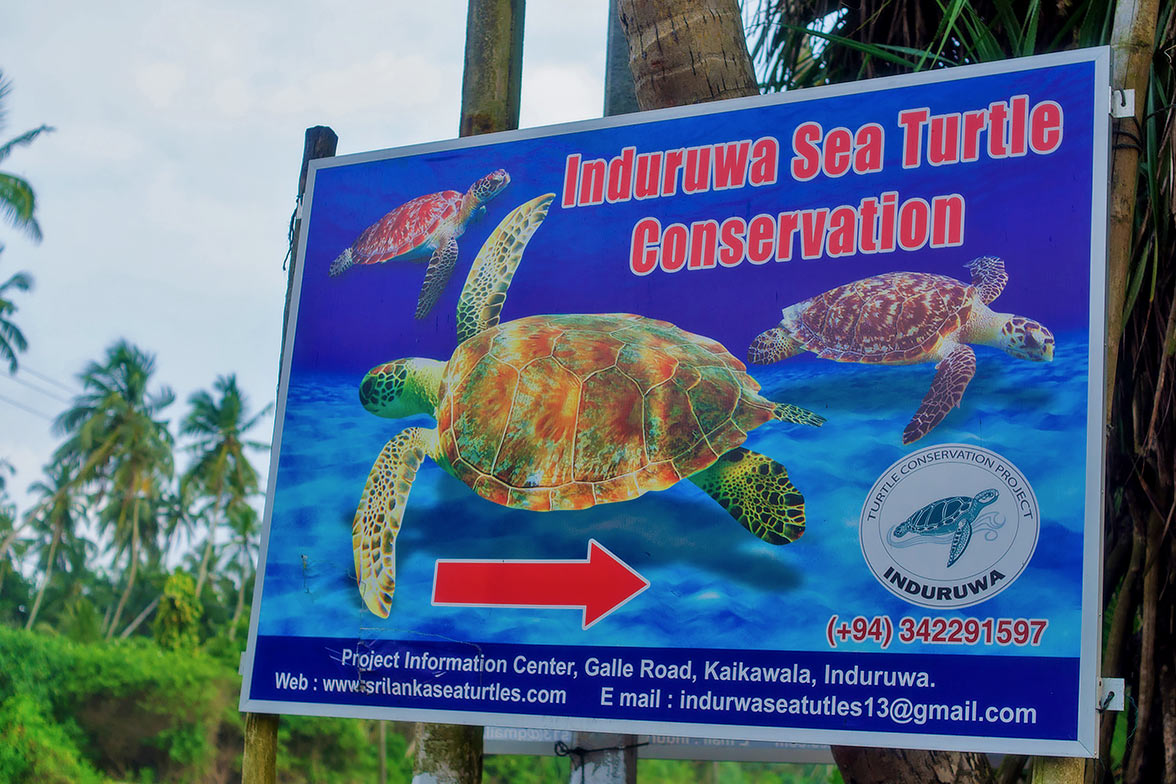
With regard to conducting in-situ conservation of turtles, the Anantara-IUCN project will work to ensure that the turtles are supported and secure while nesting. Furthermore, the partners will conduct four separate turtle nesting site surveys, which will cover the areas from Tangalle to Yala National Park. “It is important to survey the nesting sites periodically because the coastal area is changing rapidly. We want to measure the increases or decreases in nesting sites based on previous IUCN surveys so that we can prepare a turtle nest site management plan,” said Weerakoon. This first portion of the conservation plan, which extends well past the hotel’s limits, will also see the establishment of a database of turtle nesting site information.
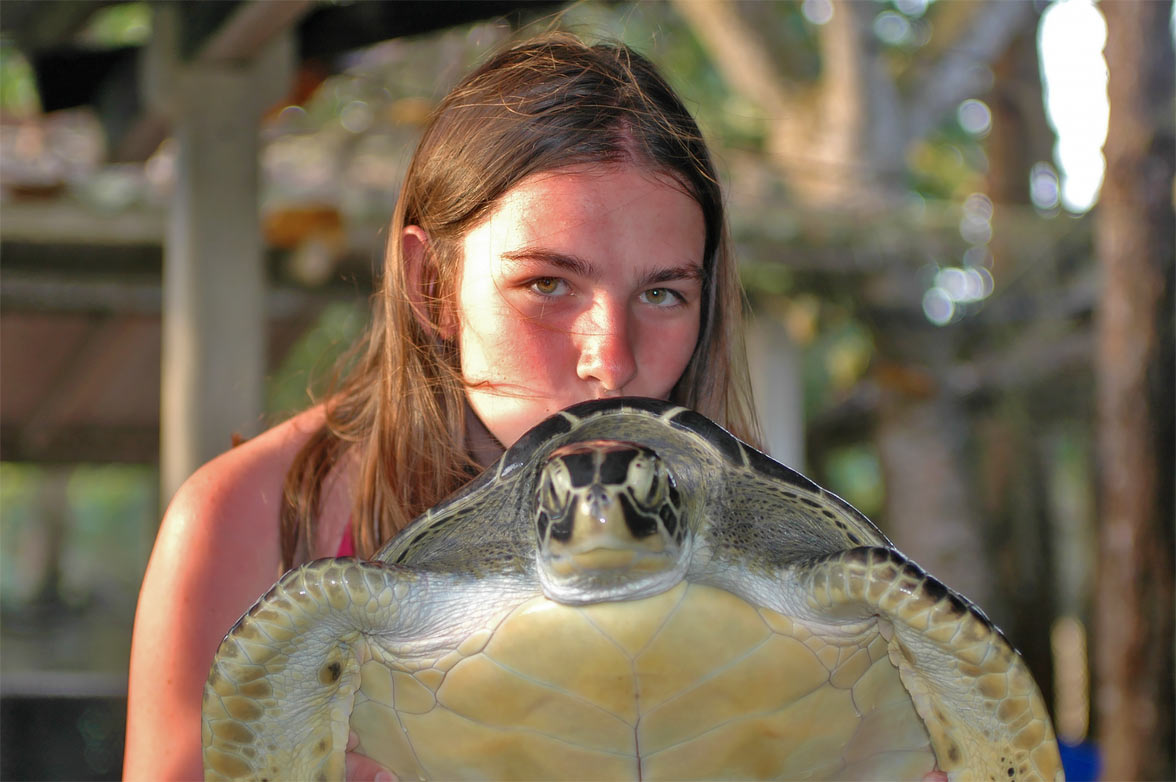
The second aspect of the master plan is to raise awareness on turtle conservation and to enhance the capacity of the Department of Wildlife Conservation (DWC) to conduct conservation efforts on its own. “We need to create awareness about the project, so there will be activities that education about the turtles’ lifestyles and the problems they face,” Weerakoon said. But the resort and IUCN will also work with local populations to raise their awareness about the plight of the sea turtles. They will also build cages protect eggs from predators, mostly dogs and monitor lizards, so they can hatch. “While providing local and global conservation benefits, this project will serve as a model to enhance Sri Lanka’s nature, culture and heritage based tourism potential,” said Dr. Ananda Mallawatantri, Country Representative, IUCN.
Footnote:
Contact Seal Superyachts Sri Lanka for detailed information about cruising around Sri Lanka, superyacht charter regulations and about how we can support your visit.
Principle agent Upali Gooneratne is proud to have worked with many of the World’s largest Superyachts and has extensive knowledge of Sri Lanka and the surrounding area.
Upali Gooneratne
Phone: +94 77 244 3016
Email: upali@seal-superyachts.com
